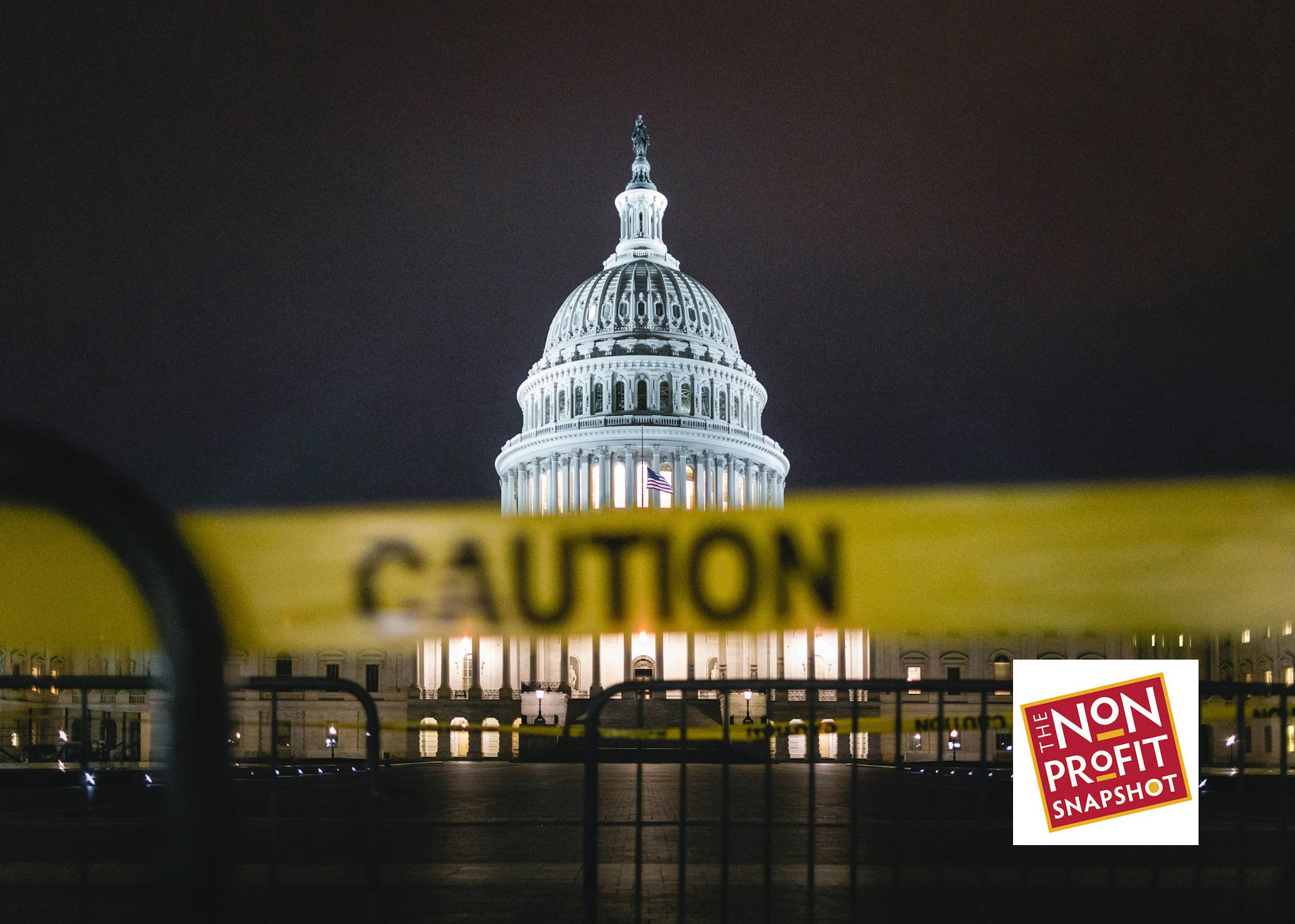The 2025 federal government shutdown isn’t just a headline, it’s playing out in nonprofits across the country as delayed grants, stalled contracts, and rising community needs. For organizations that rely on federal funding or partner with government agencies, the implications are serious. The good news: many nonprofits aren’t just waiting. They’re actively adapting.
The Double Pressure: Delayed Funding + Growing Demand
When federal funding freezes or contract reimbursements get delayed, nonprofits often end up fronting the costs (staff salaries, rent, program expenses) without knowing when (or if) the money will arrive. (National Council of Nonprofits) At the same time, communities are turning to nonprofits more than ever. With federal programs paused or slowed, nonprofits are absorbing extra demand for services: food, housing support, mental health, and more. (Carr, Riggs & Ingram) It’s a double bind: more people need help at the exact moment resources become less predictable.
How Nonprofits Are Responding
Despite the uncertainty, many nonprofits are adopting strategies to sustain mission, protect staff and operations, and serve their communities. Here are the key approaches:
1. Assess Risk and Prioritize Core Services
Organizations are taking a hard look at which grants and contracts are at risk, how long their cash reserves can sustain operations, and which services must come first. (Black Women's Health Imperative) By distinguishing core programs from those that can be paused or scaled back, nonprofits retain the ability to protect their mission-critical work rather than spread resources too thin.
2. Secure Cash Flow and Alternative Funding
With reimbursements delayed, nonprofits are shifting into financial survival mode: updating cash‐flow forecasts, delaying non-essential spending, and tapping reserves or lines of credit if needed. (Maine Association of Nonprofits) They’re also engaging funders early: requesting flexibility, exploring bridge funding, or appealing to private donors to fill gaps. (National Council of Nonprofits)
3. Communicate Transparently with Stakeholders
Open communication is becoming standard. Nonprofits are informing staff, board members, donors, and clients about what’s happening, what’s changing, what’s delayed, and how they’re adapting. This builds trust and enables partners to help where they can. (GiveWP)
4. Adjust Program Delivery and Staffing
Many organizations are modifying service delivery to reflect the new reality. That may mean pausing new initiatives, reducing intakes, or shifting to partnerships with other providers to cover gaps. Some are also rethinking staffing through temporary reductions or redeployment of roles. (Common Fund)
5. Advocate and Mobilize Sector Voices
Nonprofits are also stepping into advocacy mode, telling Congress, local officials, and the media how the shutdown is affecting their work and their communities. Sharing stories, backing up data, and raising their voices enhances sector visibility and pressure for solutions. (GiveWP)
6. Capture Lessons & Strengthen for the Future
While focusing on continuity now, leaders are keeping an eye on tomorrow. Documenting the impact of the shutdown, reflecting on what worked or didn’t, and updating contingency plans are helping nonprofits build resilience for the next disruption. (National Council of Nonprofits)
What Nonprofits Should Do Right Now
If you’re leading or advising a nonprofit right now, here are action steps to consider:
- Map your upcoming funding cliff: list federal grants, draw schedules, and contract dependencies.
- Calculate your runway: How many weeks or months can you operate with current cash and no new federal reimbursement?
- Communicate clearly: Speak with staff, board, partners, and donors about what’s happening and how your organization is responding.
- Prioritize mission-critical work: Focus on services you can sustain and shift or pause others as needed.
- Seek support: Talk with funders about flexibility, tap reserve funds, and consider short-term credit.
- Document everything: Delays, increased demand, staffing impacts—all of this matters for future negotiations, insurance, and planning.
- Advocate early: Tell your story, partner with coalition voices, and keep the pressure on decision-makers.
Navigating a Shutdown
The 2025 government shutdown is more than a political standoff. It’s a stress test for nonprofits. For some, it’s a crisis; for many, it’s a forced moment of adaptation. The organizations that emerge strongest will be those that don’t just weather the storm, but learn from it, communicate clearly, and keep their mission at the center, even in chaos.
With intentional strategy, lean leadership, and courage to communicate, nonprofits can hold the line for their communities and get ready not just to survive, but to thrive when the next disruption arrives.
Contact Us
Please share your insights and comments on our Nonprofit Snapshot page on LinkedIn.
